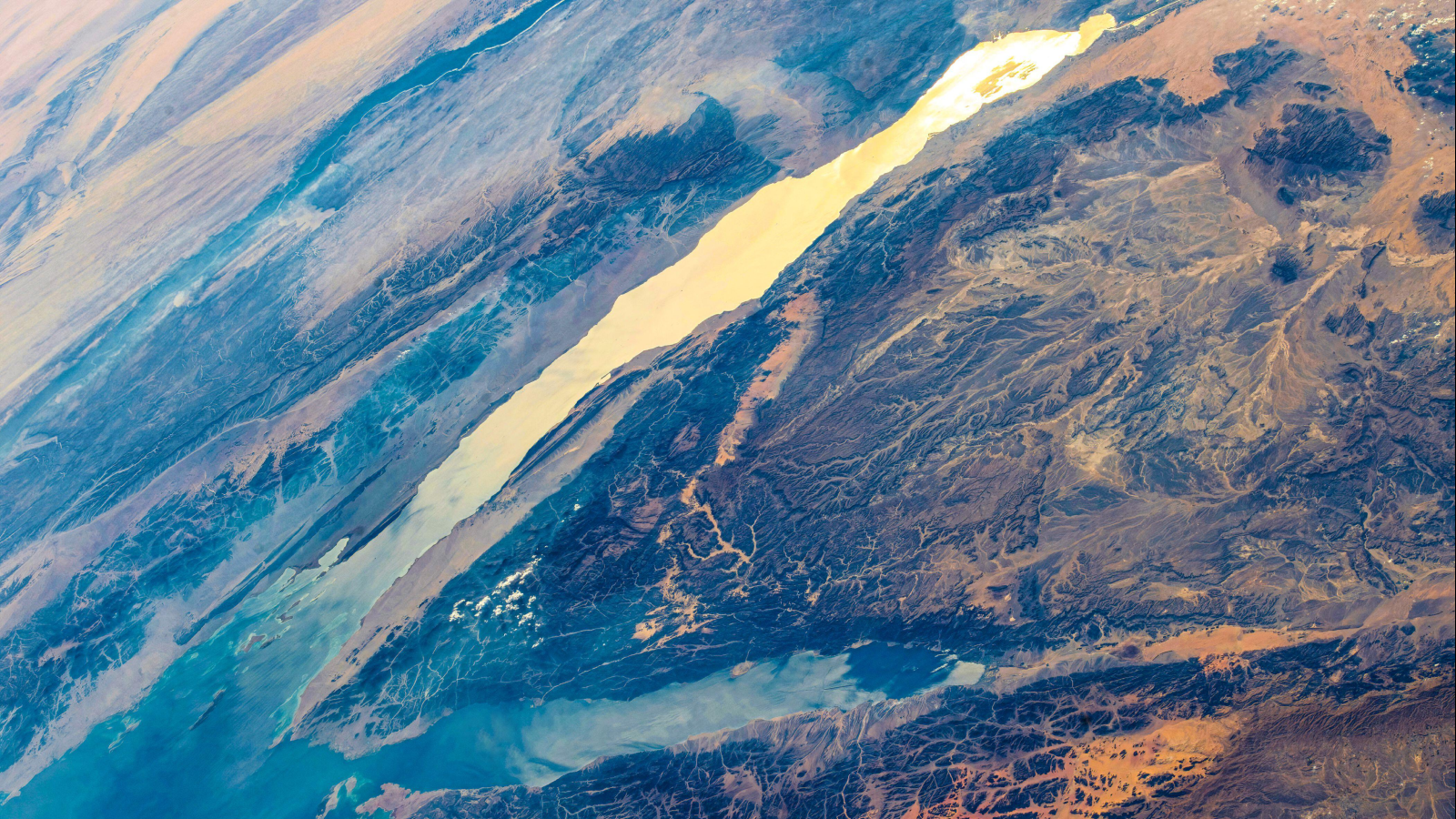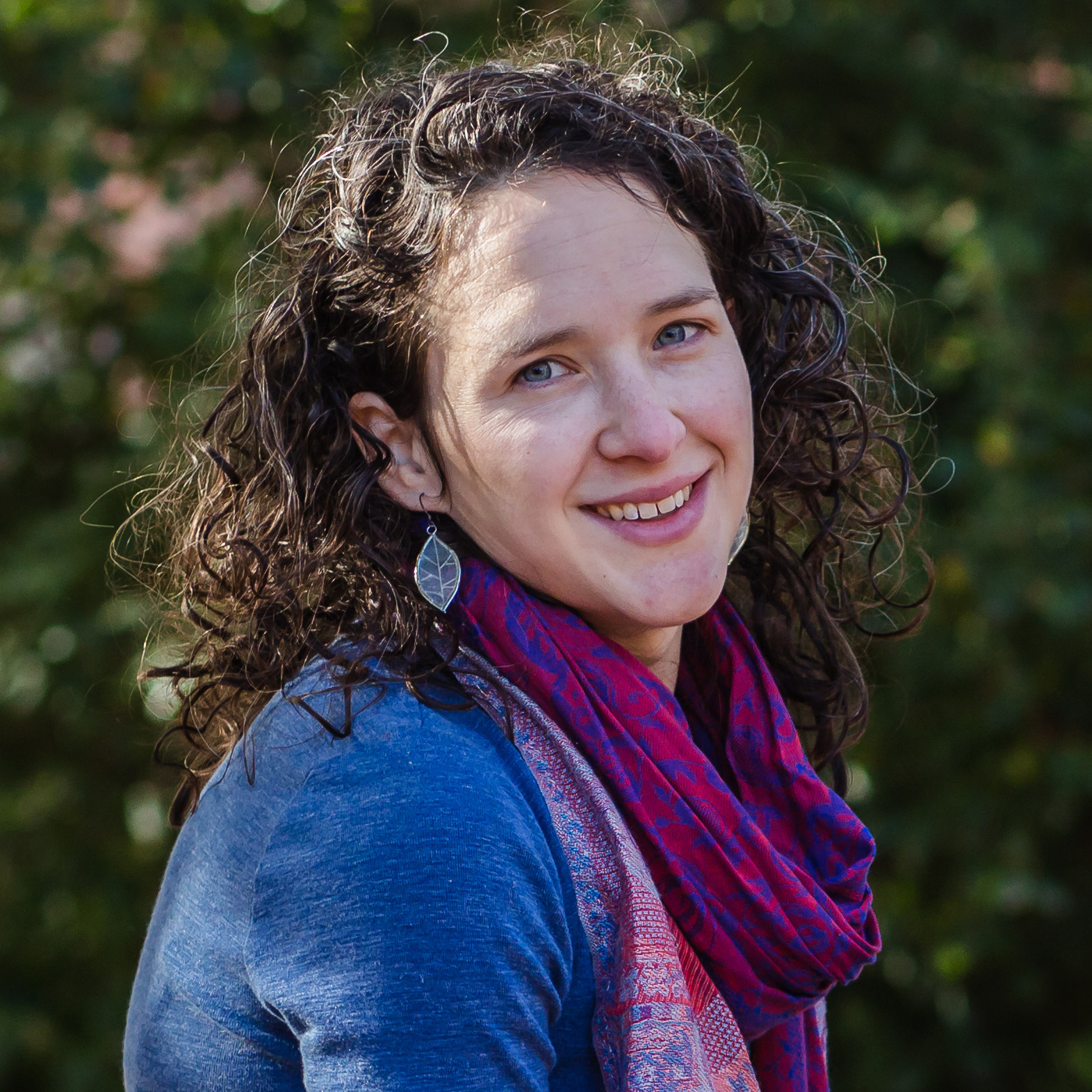A gulf separating Africa and Asia is still pulling apart — 5 million years after scientists thought it had stopped
The Arabian and African tectonic plates failed to pull apart 28 million years ago at the Gulf of Suez, but the area hasn't stopped rifting.

The Gulf of Suez, which partially divides Africa and Asia, may still be widening, researchers have discovered.
Beginning about 28 million years ago, the Arabian tectonic plate pulled away from the African plate, opening up today's Gulf of Suez. This kind of rift is how new oceans are born — but about 5 million years ago, the rifting stopped, and Suez stayed a gulf, not an ocean.
That's the conventional story, anyway. But new research suggests that the Suez rift never stopped rifting. Instead, it simply slowed down. A new paper published Nov. 3 in the journal Geophysical Research Letters has revealed that the Suez rift is still pulling apart by about 0.02 inches (0.5 millimeters) a year.
"We believe our work fundamentally changes how we think about rift evolution," study lead author David Fernández-Blanco, a geoscientist at the Chinese Academy of Science's Institute of Deep-Sea Science and Engineering, told Live Science in an email. "The current conceptual model is rather binary: rifts either succeed (forming new ocean basins like the Red Sea) or fail (becoming completely inactive). We're showing there's a middle path by which rifts can decelerate without truly failing."
The Gulf of Suez is typically seen as the textbook example of a failed rift, Fernández-Blanco said, but there have been scattered hints that the region might still be rifting. In some places along the gulf, ancient coral reefs have been lifted above sea level; small earthquakes sometimes shake the area; and there are signs of faults lifting portions of the ground.
"What struck us was the disconnect between the conventional narrative of complete tectonic quiescence and the hints of ongoing activity," Fernández-Blanco said.
In the new study, the researchers studied the 186-mile (300 kilometers) extent of the rift zone, examining the topography and the paths of rivers cutting through rock, which can reveal unusual profiles that can't be explained by erosion alone and so must come from tectonic movement. They also studied the elevations of coral reefs that formed around sea level during warm interglacial periods but now tower up to 60 feet (18.5 meters) above the gulf.
Get the world’s most fascinating discoveries delivered straight to your inbox.
Together, the evidence pointed to continual rifting that slowed 5 million years ago, when the plate motions changed and the tectonic action shifted to the Dead Sea, where a new plate boundary between the African and Arabian plates was forming.
The rifting didn't stop, though. It continues to pull apart the Gulf of Suez at a similar rate to the current extension of the western United States. This extension in the western U.S. is creating a series of mountains and valleys known as the Basin and Range province.
"Changing plate boundary conditions don't necessarily shut down rifting," said Fernández-Blanco. "The forces driving rifting are more persistent and complex than simple plate motion would suggest."
The findings could mean that areas like the Gulf of Suez are more prone to damaging earthquakes than has been believed, he added. It also suggests other supposedly failed rifts might deserve a second look with modern tools to see if they've really stopped rifting, he said.
"We may reveal that Earth's tectonic systems are more dynamic and persistent than we previously thought," he said.

Stephanie Pappas is a contributing writer for Live Science, covering topics ranging from geoscience to archaeology to the human brain and behavior. She was previously a senior writer for Live Science but is now a freelancer based in Denver, Colorado, and regularly contributes to Scientific American and The Monitor, the monthly magazine of the American Psychological Association. Stephanie received a bachelor's degree in psychology from the University of South Carolina and a graduate certificate in science communication from the University of California, Santa Cruz.
You must confirm your public display name before commenting
Please logout and then login again, you will then be prompted to enter your display name.
